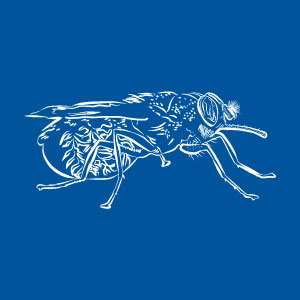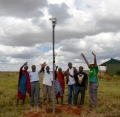
This involves the climate, meteorology and modelling components of the study.
This involves taking Global Climate Models (GCM) and developing models that have locally meaningful climate projections. To produce these downscaled models, daily climate data from the area is used. This is collected from two meteorological stations in the study area. In addition, a meteorological station has been installed at the site of the intensive sampling area. These downscaled models will be able to predict temperature and rainfall across the Maasai Steppe.
These components are combined with the entomology and parasitology components to help predict current local hotspots of tsetse abundance and trypanosome infectivity. In addition, they will be able to predict spatial shifts in hotspots with time.

